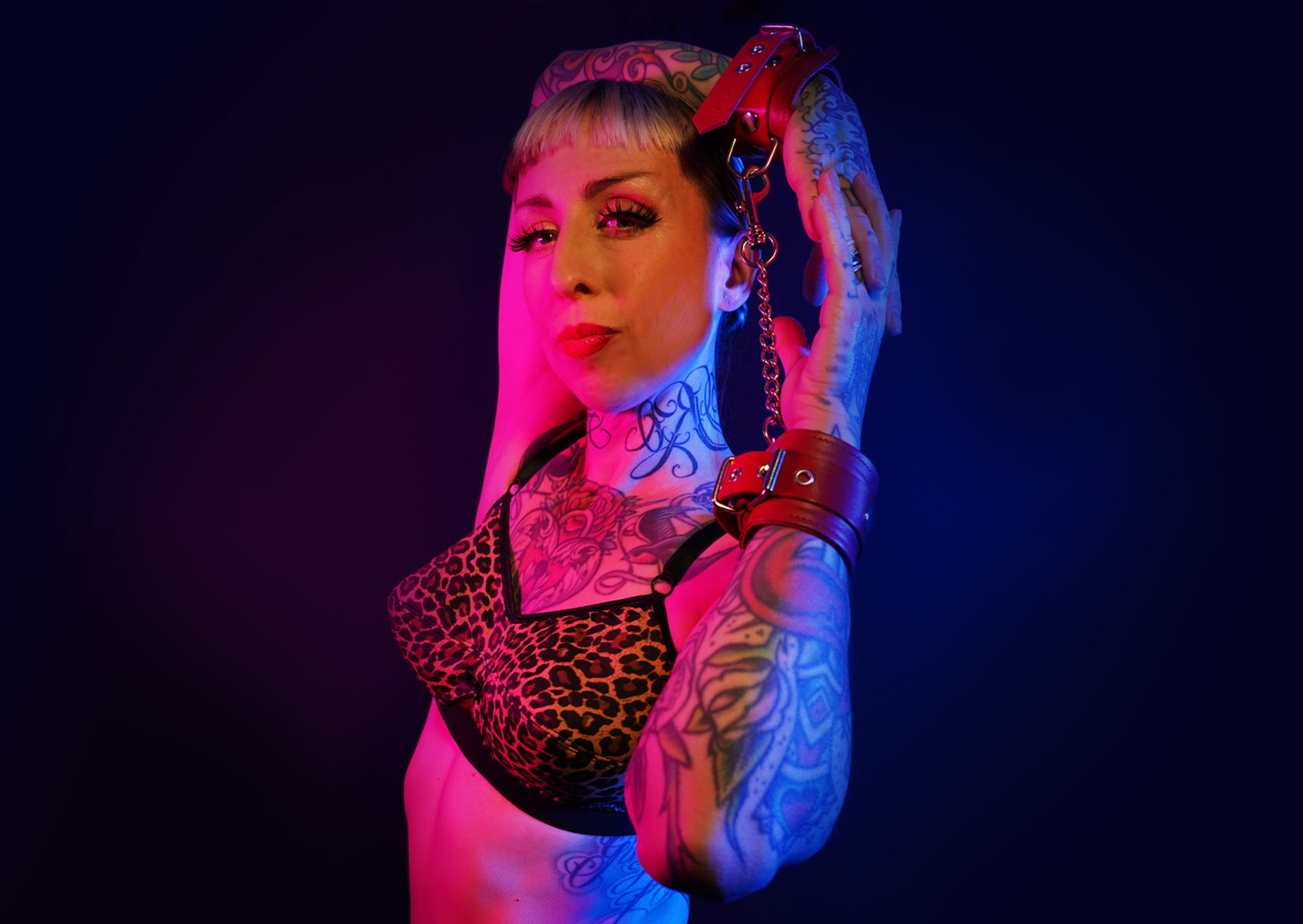Defining Pansexuality
Pansexuality is an identity that recognizes attraction to people regardless of their gender identity or expression. It encompasses a spectrum of feelings and experiences, extending beyond traditional binary conceptions of sexuality. Understanding pansexuality involves embracing fluidity and recognizing the diverse ways individuals experience and express their romantic and sexual attractions.
Understanding the Spectrum
Pansexual individuals are attracted to people of all genders, including men, women, non-binary individuals, and transgender people. It’s important to note that pansexuality is distinct from bisexuality, which typically refers to attraction to two genders (often men and women). Pansexuality emphasizes a lack of limitation based on gender as a factor in attraction.
The pansexual experience is diverse and can manifest in various ways. Some pansexual individuals may be attracted to all genders equally, while others might find themselves drawn to certain genders more strongly than others.
Ultimately, pansexuality celebrates the fluidity of human connection and recognizes that attraction transcends rigid gender boundaries.
Distinguishing from Other Sexual Orientations
Pansexuality is an identity that recognizes attraction to people regardless of their gender identity or expression. It encompasses a spectrum of feelings and experiences, extending beyond traditional binary conceptions of sexuality. Understanding pansexuality involves embracing fluidity and recognizing the diverse ways individuals experience and express their romantic and sexual attractions.
Pansexual individuals are attracted to people of all genders, including men, women, non-binary individuals, and transgender people. It’s important to note that pansexuality is distinct from bisexuality, which typically refers to attraction to two genders (often men and women). Pansexuality emphasizes a lack of limitation based on gender as a factor in attraction.

The pansexual experience is diverse and can manifest in various ways. Some pansexual individuals may be attracted to all genders equally, while others might find themselves drawn to certain genders more strongly than others.
Ultimately, pansexuality celebrates the fluidity of human connection and recognizes that attraction transcends rigid gender boundaries.
- Pansexual people are attracted to people of all genders.
- Pansexuality is distinct from bisexuality, which typically refers to attraction to two genders.
- The pansexual experience is diverse and can manifest in various ways.
Experiences of Pansexual Individuals
Pansexuality is a multifaceted identity that embraces attraction beyond traditional gender boundaries.
Coming Out and Self-Discovery
Understanding pansexuality begins with recognizing that it’s about attraction to people regardless of their gender identity or expression. It’s a spectrum, meaning experiences and expressions of pansexuality vary greatly from person to person.
Some pansexual individuals may experience attraction to all genders equally, while others might find themselves drawn more strongly to certain genders. This fluidity and diversity are essential parts of understanding pansexuality.
- Coming out as pansexual can be a deeply personal journey.
- For some, it might involve a gradual process of self-discovery and acceptance.
- Others may choose to come out publicly after feeling confident in their identity.
Navigating the coming out process can be challenging, as individuals may encounter questions, misconceptions, or even negative reactions from others. It’s important for pansexual people to find supportive communities and allies who can provide understanding and encouragement. Self-discovery is an ongoing process, and it’s okay for pansexual individuals to explore their identities and experiences over time.
Relationships and Dating

Dating and relationships as a pansexual person can be both rewarding and challenging. Finding partners who understand and respect your identity is crucial. Online dating platforms can be helpful for connecting with like-minded individuals, as they often allow users to specify their sexual orientation.
Open communication is essential in any relationship, and this holds especially true for pansexual individuals. Talking about your experiences, desires, and boundaries can help build trust and intimacy with your partner.
It’s important to remember that pansexuality is a valid and beautiful aspect of who you are. Embrace your identity with pride and don’t hesitate to seek out communities and resources that support your journey.
Facing Challenges and Stigma
Pansexual individuals often face challenges and stigma due to a lack of understanding and acceptance surrounding their identities.
One common challenge is encountering misconceptions about pansexuality. Some people may mistakenly believe it’s the same as bisexuality or that it’s simply a phase. These misunderstandings can lead to judgment, The Sugar Studio prejudice, and discrimination.
Another challenge is internalized homophobia and biphobia. Pansexual individuals may struggle with self-acceptance and face pressure to conform to societal expectations of gender and sexuality.
Stigma can manifest in various ways, including negative comments, exclusion from social circles, or difficulty finding acceptance within families or communities. These experiences can lead to feelings of isolation, anxiety, and depression.
It’s crucial to create a more inclusive and supportive environment for pansexual individuals. Education and open dialogue about pansexuality are essential for dismantling harmful stereotypes and fostering understanding.
Promoting acceptance and celebrating diversity in all its forms is key to creating a society where pansexual people can live authentically and freely express themselves without fear of judgment or discrimination.
Cultural Representations and Visibility
Cultural representations play a vital role in shaping how we understand and perceive different identities.
When it comes to pansexuality, visibility in media, literature, and popular culture is crucial for fostering understanding and challenging harmful stereotypes.
Media Portrayal and Stereotypes
Positive and accurate representation of pansexual characters in media can help normalize the identity and make it more relatable to a wider audience.
When pansexual individuals are portrayed authentically, it helps break down misconceptions and reduces stigma surrounding their experiences.
However, it’s important to note that stereotypes about pansexuality can still be prevalent in media.
These stereotypes often rely on harmful tropes or generalizations, which can perpetuate negative biases and contribute to a lack of understanding.
It is crucial for creators and producers to strive for accurate and nuanced representations that reflect the diversity within the pansexual community.
Advocacy and Activism
Cultural representations play a vital role in shaping how we understand and perceive different identities. When it comes to pansexuality, visibility in media, literature, and popular culture is crucial for fostering understanding and challenging harmful stereotypes.
Positive and accurate representation of pansexual characters in media can help normalize the identity and make it more relatable to a wider audience. When pansexual individuals are portrayed authentically, it helps break down misconceptions and reduces stigma surrounding their experiences.
However, it’s important to note that stereotypes about pansexuality can still be prevalent in media. These stereotypes often rely on harmful tropes or generalizations, which can perpetuate negative biases and contribute to a lack of understanding. It is crucial for creators and producers to strive for accurate and nuanced representations that reflect the diversity within the pansexual community.
Advocacy and activism are essential for advancing the rights and visibility of pansexual individuals.
Organizations and groups dedicated to LGBTQ+ rights often include pansexual advocacy as part of their broader mission. These organizations work to raise awareness, challenge discrimination, and promote policies that protect the rights of all sexual orientations, including pansexuality.
Individuals can also contribute to advocacy efforts through various means, such as:
- Educating themselves and others about pansexuality
- Speaking out against prejudice and discrimination
- Supporting LGBTQ+ organizations
- Participating in marches and rallies
- Creating content that promotes visibility and understanding
By working together, individuals and organizations can create a more inclusive and accepting society where pansexual people are free to live authentically and celebrate their identities.
Historical Context and Evolution of the Term
Understanding the evolution of the term “pansexuality” is crucial for comprehending its contemporary meaning. Historically, the concept of attraction extending beyond traditional binary classifications of gender has existed in various forms throughout history. However, the specific term “pansexual” emerged more recently as part of the broader LGBTQ+ rights movement.
Origins and Early Usage
The term “pansexuality” first gained prominence in the mid-20th century, becoming widely used in lesbian and gay communities during the 1970s and 1980s. Its origins can be traced back to earlier concepts of “polysexuality,” which referred to attraction to multiple sexes.
However, “pansexual” distinguishes itself by emphasizing a lack of limitation based on gender as a factor in attraction. This distinction reflects a deeper understanding of gender as a spectrum rather than a binary.
Early usage of the term often centered around feminist and radical lesbian communities that sought to challenge societal norms surrounding sexuality and gender roles.
Changes in Understanding Over Time
Understanding pansexuality involves recognizing its historical context and evolution. While attraction beyond traditional gender binaries has existed throughout history, the term “pansexual” emerged more recently as part of the LGBTQ+ rights movement.
The term gained prominence in the mid-20th century, becoming widely used in lesbian and gay communities during the 1970s and 1980s. It distinguished itself from earlier concepts like “polysexuality” by emphasizing a lack of limitation based on gender as a factor in attraction.
Early usage was often centered around feminist and radical lesbian communities challenging societal norms surrounding sexuality and gender roles. Over time, the understanding and acceptance of pansexuality have evolved, reflecting a broader shift towards recognizing the fluidity of gender and sexuality.
the crab sex position
The Fine Nanny
- Who Should Not Get Cheek Fillers? - November 7, 2025
- What Is Queerplatonic And How It Differs From Friendship And Romantic Love - November 6, 2025
- Weed Beverages You Can Take To A Picnic - November 5, 2025
